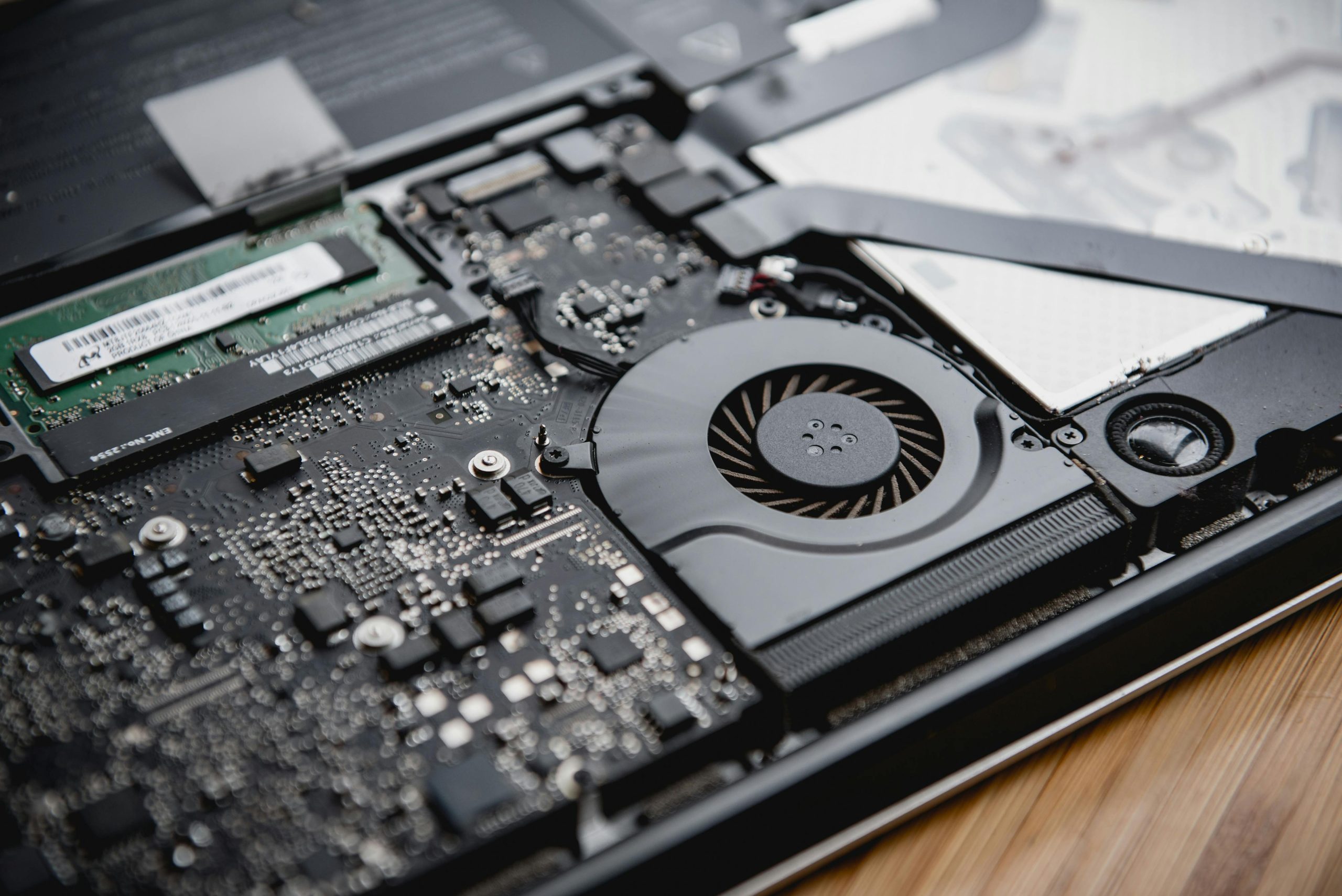How to Properly Erase Your Hard Drive to Install Linux Mint on a Dell OptiPlex
If you’re a user looking to transition from Windows 10 to Linux Mint on your Dell OptiPlex desktop, you may have encountered some challenges, particularly error screens and unexpected resets. These issues can be frustrating, especially when you’re ready to embrace a new operating system. In this post, we’ll delve into the best methods for erasing your hard drive effectively, ensuring a clean slate for installing Linux Mint.
Troubleshooting the Erasure Process
First things first, it’s essential to understand that simply deleting files or formatting the partition might not be enough. For a seamless installation of Linux Mint, you’ll want to ensure the hard drive is entirely erased. Given your experience with tools like Diskwipe and CCleaner without success, let’s explore some alternative methods.
Method 1: Use a Live USB
One of the most effective ways to erase your hard drive is by using a Linux Live USB. This allows you to boot directly into a Linux environment without needing to install it. Here’s how to do it:
- Create a Bootable USB Stick: Download the Linux Mint ISO and use a tool like Rufus or Etcher to create a bootable USB.
- Boot from USB: Insert the USB stick into your Dell OptiPlex and reboot. You may need to change the boot order in your BIOS/UEFI settings to prioritize USB booting.
- Select ‘Try Linux Mint’: Once booted up, choose the “Try Linux Mint” option. This will load a live version of Linux without affecting your hard drive.
- Open GParted: After you’re in the live environment, open the GParted partition editor. This tool allows you to manage your disk partitions easily.
- Select your hard drive.
- Delete existing partitions by right-clicking on them and selecting delete.
- Finally, create a new partition table (you can choose ‘msdos’ for older systems or ‘gpt’ for newer ones).
Method 2: Utilize Command Line Tools
If you’re comfortable with command-line tools, you can also consider using dd or parted commands to wipe your hard drive.
- Boot into the live USB as mentioned above.
- Open a terminal window.
- Use the
ddcommand to overwrite the drive:
“`bash
sudo dd if=/
Share this content:




To ensure a thorough erasure of your hard drive before installing Linux Mint, using a Linux Live USB with GParted is one of the most reliable methods. Here’s a quick summary:
If you prefer command-line tools, the
ddcommand can be used to securely wipe the disk:Replace
/dev/sdXwith the correct device identifier for your hard drive. Be very cautious with this command, as specifying the wrong disk can result in data loss on other drives.Always ensure you back up any important data before proceeding, and double-check disk identifiers to prevent accidental data loss. If you